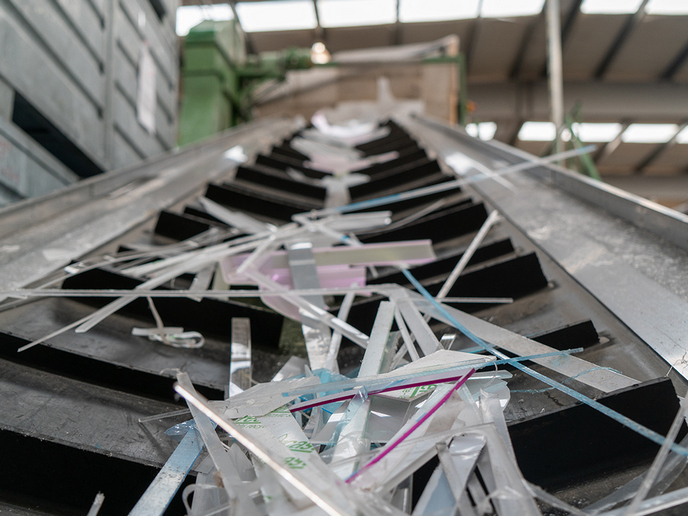New advances in open rotor technology
One of the latest designs under development within the EU's ambitious Clean Sky research programme is the Sustainable and Green Engine (SAGE) demonstrator SAGE 2. Its aim is to realise a counter-rotating open-rotor (CROR) technology that promises to deliver a step-change reduction in fuel burn compared to current aircraft. The ultimate aim of the HT° MOTOR WINDINGS (Reliability assessment of key technologies for high temperature electrical machines) project was to ensure reliable operation of ice protection systems in CROR propellers. To this end, efforts were devoted to evaluating the suitability of different materials for use in motor windings of electrical machines for operation at high temperatures. Researchers tested different solutions on relevant test vehicles with the aim of detecting partial discharge and dielectric strength. These included enamelled wire impregnated with an insulating varnish polymer, fibreglass-covered wires impregnated with epoxy resin and ceramic-insulated wires. The partial discharge inception voltage was measured in the temperature range between 20 and 300 °C, while the dielectric strength was measured at 300 °C. Of all candidate solutions, ceramic-insulated wires demonstrated the most promising potential for manufacturing motor windings that can endure high temperatures. Results demonstrated lower values of breakdown strength at 300 °C. Insulation performance was found to be slightly poorer compared to organic materials. Scientists also observed that capacitance remains stable, while partial discharge inception voltage decreases. Despite the promising potential of ceramic wires for winding coils in motors, ceramic materials are brittle. This is making insertion of such coils in motors risky. However, once this issue is overcome, it will be possible to use ceramic materials in temperatures as high as 500 °C.







